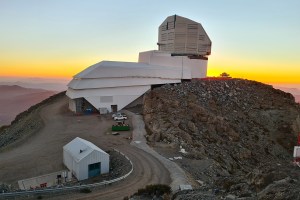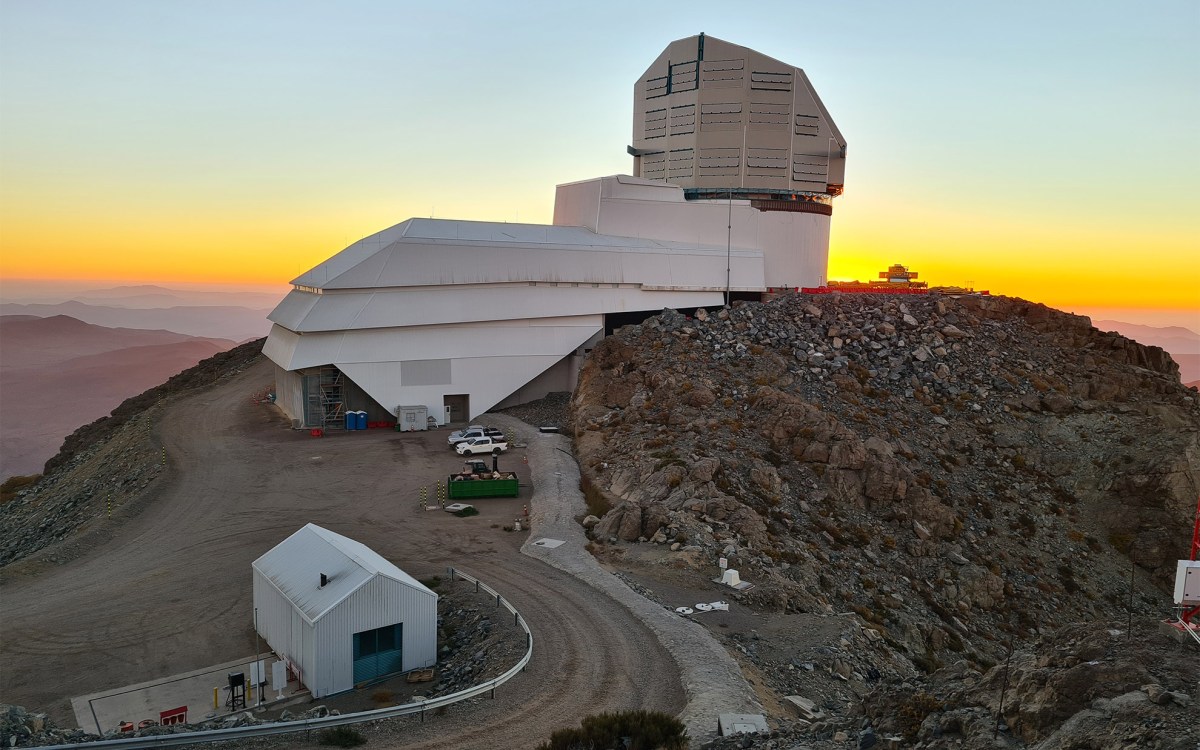Ancient knowledge
Ian Graham is still digging, drawing, and deciphering after all these years
It is 11 a.m. on a sticky tropical Saturday and Ian Graham is lying on
his side in the dried grass before a 1,300-year-old stone building in
the Maya city of Yaxchilan in Chiapas, Mexico. Propped on one elbow,
Graham is digging at the earth with a stick, scraping the dirt from
around a stone.
He scrapes for a few moments, dribbles some water from his water bottle to loosen the hard earth, and then scrapes some more.
Nearby, five other archaeologists from the Peabody Museum’s
expedition to Yaxchilan work on another hole, digging, pulling out
stones, looking for the pieces of a stela that Graham buried when he
was here in the 1980s. Graham had photographed the carved rectangular
stone and then buried it to keep it safe from looters and from rain,
heat, and humidity.
It is no surprise that the archaeologists from six nations making up
the Peabody’s team are following Graham’s footsteps — and need his
help to do it.
Ian Graham has spent a career in these parts. After more than 40
years in the field, his hundreds of drawings of Maya monuments,
carvings, and inscriptions have not only provided a precise record of
their existence, they have also provided the badly needed raw material
for scholars trying to decipher the hieroglyphics they contain.
“Ian set the standard for the recording of Maya hieroglyphs,” said
Peabody Museum of Archaeology and Ethnology director William Fash.
“There really is no other way to put it. He is the walking gold
standard of the recording of Maya inscriptions.”
Graham, 83, was the founding director of the Peabody Museum of
Archaeology and Ethnology’s Corpus of Maya Hieroglyphics Inscriptions
Program. Begun in 1968, the program was created by an international
collection of scholars who agreed that more examples of Maya writing
were needed to help with the decipherment process. The program is
dedicated to recording and publishing every available inscription from
the Maya cities that dot southern Mexico, Honduras, Guatemala, and
Belize. Despite Graham’s prodigious body of work, much remains to be
done, and in 2005, Graham handed the reins of the Corpus Program — the
world’s largest archive of Maya hieroglyphic inscriptions — to his
successor, Barbara Fash.
“Ian began the work to record the monuments at this site for the
Corpus in the 1970s,” she said. “In days gone by, he was out here
working with one or two men; there were fewer people visiting the
site.” Fash said she wanted to visit Yaxchilan with Graham to pick his
brain about where different monuments might be located. He sometimes
hid them to save them from looters, intending to return and retrieve
them. On the expedition’s second day, Fash and Graham uncovered the
site’s Stela 4, which had been lightly covered in the grand plaza.
Graham accompanied the Corpus Program’s expedition to test
three-dimensional digital scanning technology. It is hoped the
technology will pick up where Graham left off and create precise,
three-dimensional records of Maya monuments and inscriptions that will
not only make them more accessible to scholars but also will preserve
their information for future generations.
Preservation is critical because the monuments are fading. Even
those protected from vandals and looters are still at the mercy of the
humid tropical climate, whose intense heat and fierce rain take their
toll. A small squiggle or telltale dot can make a difference in the
meaning of a glyph, and it’s those details that are being lost.
Before Graham began his work, deciphering the ancient Maya’s written
language had progressed slowly. Scholars trying to understand Maya
glyphs were handicapped by a lack of material that provided different
contexts, which are essential clues to a glyph’s meaning.
Graham first set foot in Yaxchilan when he was in his early 30s,
after a three-day paddle downriver. He found a city overgrown by the
surrounding jungle, he said. Though he was interested in the
inscriptions, he hadn’t yet begun the sketching that would become his
life’s work.
“I’d heard all about Yaxchilan and seen the pictures,” Graham said.
“Paddling a canoe downriver to Yaxchilan is pretty hard, but paddling
it back is another matter altogether.”
Graham had become interested in the Maya a year or two earlier. He
came to the United States from Britain after buying a vintage 1927
convertible Rolls Royce, hoping to bring it to sunny Los Angeles and
sell it for a profit.
He shipped the car to New York and began his cross-country drive. It
was while filling up at a Texas gas station that he saw the sign that
would change his life: “Last Gas Before Mexico.”
“I said, ‘Hmmm, Mexico, that’s an idea,’” Graham said. Then he headed south.
He first saw Maya writing when he visited a small museum in Mexico
City. A stone tablet hung on the wall with curious squiggles on it.
Someone at the museum told him the squiggles were writing whose meaning
was unknown.
That piqued his curiosity, and after resuming his trip to Los
Angeles and selling the Rolls, he repeatedly returned to Mexico and the
Maya’s Central American homelands. He learned about the Maya’s
flourishing civilization — abandoned in the late 800s and early 900s
A.D., their towering stone buildings, and their detailed carvings.
“It seemed one of the great gaps in world history,” he said of his
attraction to the Maya. “It was a young person’s challenge that sounded
very exciting — travel, strange animals — it all sort of fitted
together. I’d always hated the idea of a 9-to-5 job, so I got an
8-to-10 one.”
Graham began drawing the images and inscriptions he found. In the
1960s, Tulane University published his drawings for the first time, the
work of four or five seasons.
By the late 1960s, Graham had developed a reputation for precise,
beautiful drawings. When the Corpus Program was created in 1968, Graham
seemed the perfect choice as its director. After more than four decades
in the field, Graham is still an independent soul. He is something of a
maverick, going where he wants when he wants. Tall and thin, he moves
quickly and with purpose, his wiry frame topped with a head of
short-cropped hair, often askew.
He considers himself blessed with good luck — including the
MacArthur Fellowship that he won as one of the inaugural class of
“genius grant” recipients in 1981. He is so well-known in southern
Mexico that he was greeted repeatedly during the expedition, and people
in the know whisper, “That’s Ian Graham.” His name alone convinced a
skeptical security guard to let a dozen members of the Peabody’s team
into Yaxchilan when they arrived late on the first afternoon of the
six-day expedition.
Determined and passionate about his work, Graham is also ready with
a smile, a joke, or a selection from his enormous stock of stories
about his travels. Graham’s quick wit and sharp mind are readily
apparent, and his graciousness quickly wins him new fans.
“Everybody knows him as a real gentleman,” said Barbara Fash, who
shared an office with Graham for 10 years before taking over as Corpus
Program director.
Maria Teresa Uriarte, a dean at the Universidad Nacional Autonoma de
Mexico, had heard of Graham for years but met him for the first time
during the Peabody’s Yaxchilan trip.
“He’s very well appreciated by Mexican archaeologists, especially
for his work at Yaxchilan,” Uriarte said. “We are very privileged to
meet him and see how he expresses his love for this place.” Uriarte
said Graham continues to teach and not only through his work, providing
an important example for the young scholars in the group.
“You ask yourself, Will you walk the way he walks? Will you be as
straight as he is?” Uriarte said. “When you get older, you only get
more so what you are. It shows he’s always been a gentleman.”





